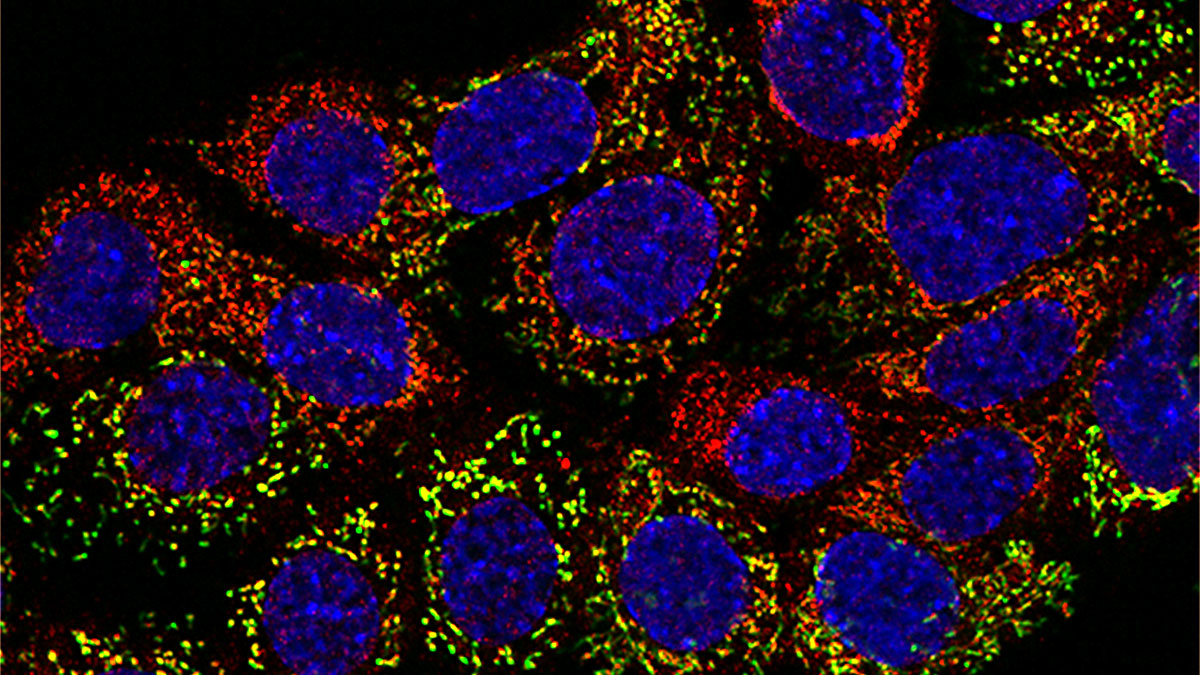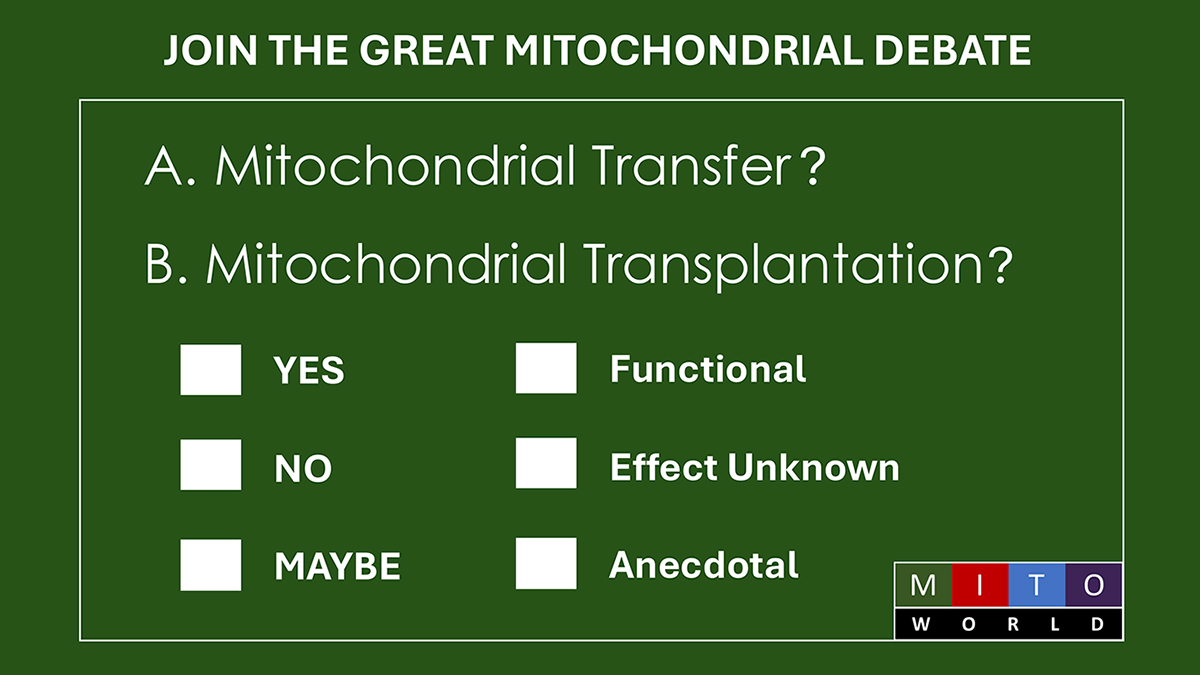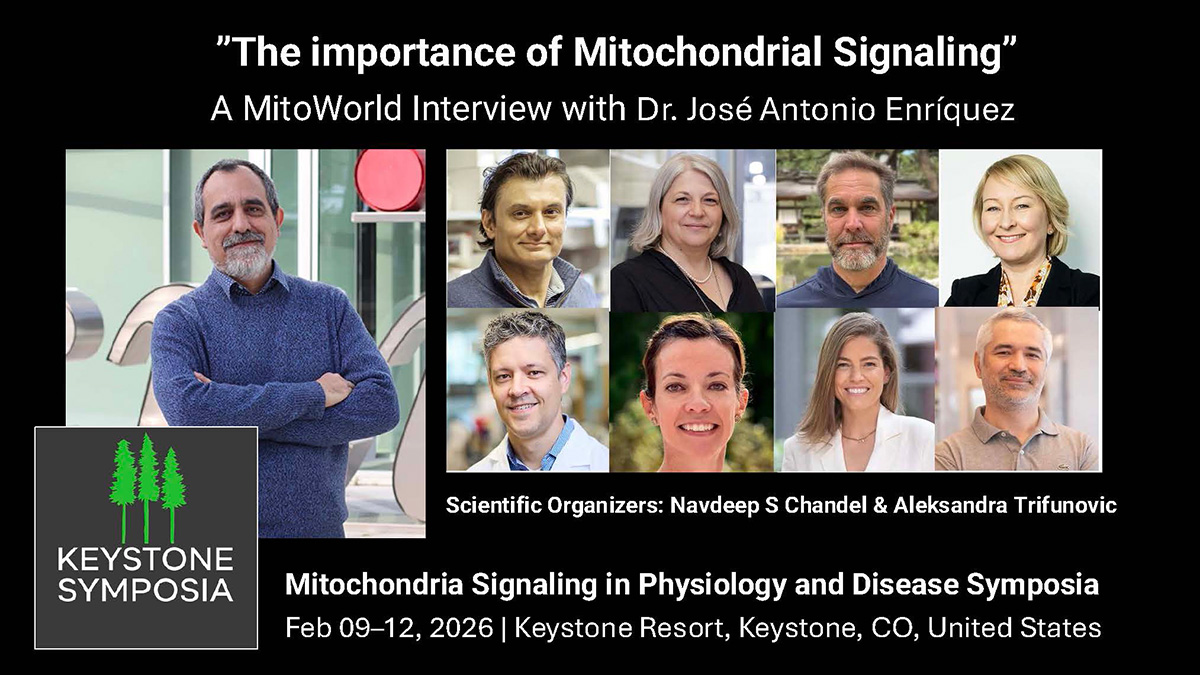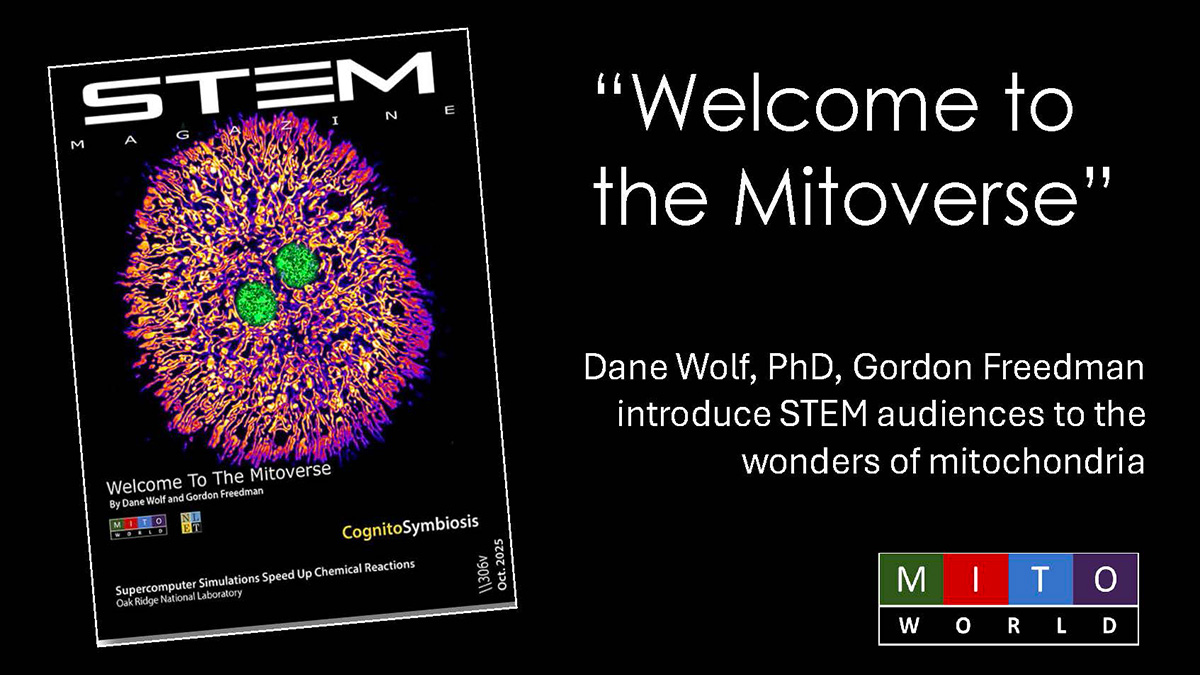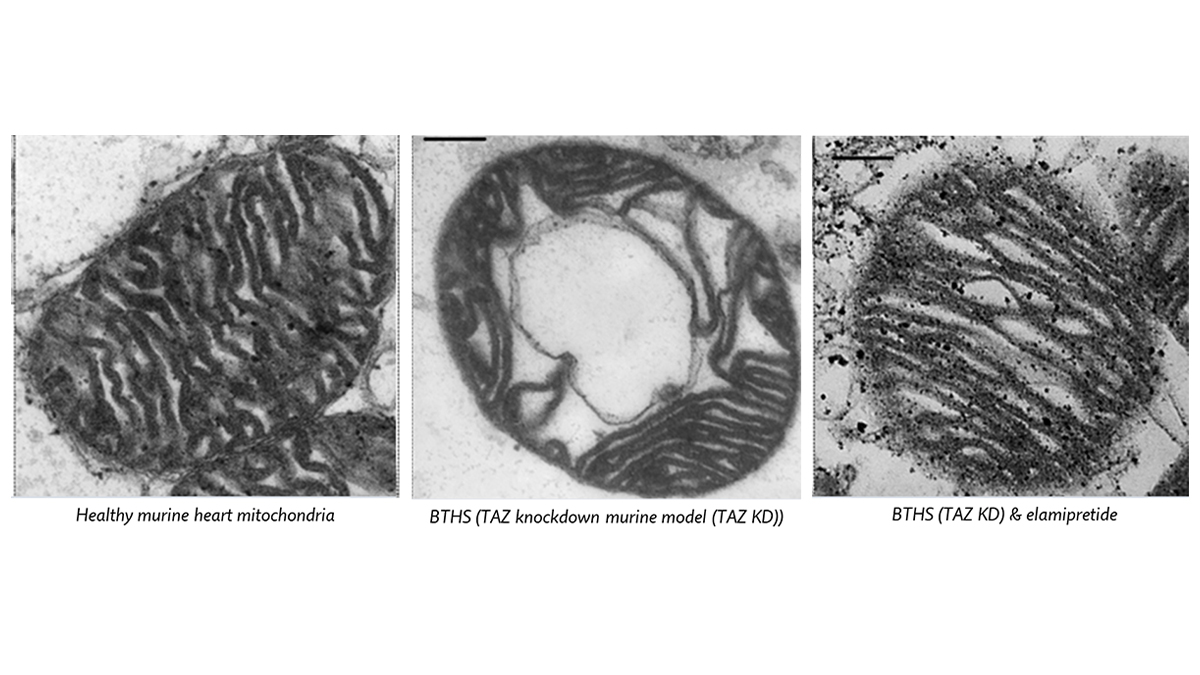
Mechanisms of Mitochondrial DNA Mutation and Repair
If our website is MitoWorld, the Mechanisms of Mitochondrial DNA Mutation and Repair conference was the introductory gathering of what could be called “mtDNA World.”
The organizers, Patrick Chinnery (Cambridge), Agnel Sfeir (Sloan Kettering) and Michal Minczuk (Cambridge), emphasized that this conference focused solely on mtDNA is a first of its kind.
“This brand-new conference will focus on understanding how mitochondrial DNA mutations occur in the germ line and somatic tissues with age and how they contribute to common diseases, including neurodegeneration and cancer. The conference will also cover mitochondrial DNA’s molecular and cellular consequences and new approaches to repair and remove mutations.” [conference website]
The global mitochondria conference circuit generally is focused on mitochondria themselves (often in primary mitochondrial disease) in all their complexity with a smaller percentage of presentations on mtDNA itself. In Nashville, June 1–5, about 75 individuals representing labs globally, went deep into a range of heteroplasmy dynamics over lifetimes and in various disease and dysfunction cases. There was a sense of the importance of mtDNA and its relationship with the nuclear DNA as a primary and secondary driver of disease and dysfunction and also as part of the fundamental aging process.
“The result was an interactive meeting that highlighted the current multi-functional nature of mtDNA (beyond its known role in ATP production) and the cutting-edge new techniques and approaches now available to understand how mtDNA genes are expressed, how mtDNA mutations contribute to human physiology and pathology, and how we can now edit mtDNA or otherwise modulate this maternally inherited genome to improve human health,” said Gerry Shadel (Salk Institute).
The conference was very participatory and, since it was held in Nashville, ended with an evening of line dancing.
In the words of some of the organizers and attendees:
Agnel Sfeir, Organizer, Sloan Kettering
The meeting exceeded our expectations in every way. The quality of the science, the level of engagement, and the sense of community were truly exceptional. One of our goals was to create a space that fostered open discussion across disciplines and career stages, and I think we succeeded, which was evident by the engagement of trainees, the quality of their presentations, and the insightful questions they asked.
Dmitry Temiakov, Thomas Jefferson University
The conference’s exclusive focus on mitochondrial DNA was both timely and highly valuable for the scientific community. By concentrating on mtDNA, the meeting brought together researchers across diverse disciplines—from genetics and structural biology to clinical medicine—who might otherwise not engage in direct dialogue. This focused format fostered in-depth discussions on unresolved questions, including the mechanisms underlying mitochondrial diseases, maternal inheritance, and the role of mtDNA in inflammation and aging.
Maria Falkenberg, The Falkenberg Lab, University of Gothenburg
The meeting was a unique and refreshing experience, being the first to focus only on mtDNA. It gave space for interesting discussions that went all the way from basic science to possible new treatments. The talks covered many parts of mtDNA biology, from how it is maintained to how it can be targeted in disease. It was great to see the community come together around a topic that is often included in bigger meetings, but not usually the main focus.
Gerald Shadel, Salk Institute
Our genome comprises nuclear and mitochondrial DNA, both of which are essential for life and contribute to human diseases and aging. The biology and genetics of mtDNA is complex due to it being present in multiple (often thousands) copies/cell and its sequence dynamically changing in our bodies as we age. While there are many meetings on nucleic acids (DNA and RNA), genetics and even mitochondria, rarely is mtDNA a central theme. This FASEB meeting was therefore unique by focusing a lens on mtDNA and effectively bringing together many of the senior researchers who have long influenced our understanding of mtDNA with exciting new investigators in the field.
Carlos T. Moraes, University of Miami
It was right time for a meeting focused on my favorite genome (mtDNA). There have been so many advances in our understanding and manipulation of mtDNA in the last few years, and it was exhilarating to hear and discuss them with experts and colleagues. My recent area of work is mtDNA editing, and new techniques have opened a whole area of investigations and therapeutic development. As always, new knowledge raises many questions, so this meeting was a great forum to generate new ideas and how to overcome barriers, such as the off-target edits of mtDNA base editing.
Amutha Boominathan, MitoSENS
The conference provided a comprehensive overview of recent advances in mitochondrial DNA research, with a strong focus on its role in cellular function and pathology. A key highlight was the application of advanced sequencing technologies to resolve mitochondrial heteroplasmy at the single-cell level and to establish genotype-phenotype correlations. It brought together students and junior and established researchers, with particular emphasis on emerging topics, such as mitochondrial regulation of immune responses, novel metabolic functions, and targeted approaches to silence/modulate the mitochondrial genome. The meeting was highly interactive and engaging. Looking forward to the follow-up!
Olvia Conway, Duke University
This meeting was extremely valuable to me as a trainee because of the networking and learning opportunities available. My mtDNA project is a new area for the lab, so this meeting was a way to meet others focused on this topic, receive feedback on some of my early work, and determine in which direction the field is heading. I am grateful for the opportunity to talk to other scientists during the conference sessions, and I am planning on implementing many of the suggestions I received. This was my first meeting as a graduate student, and I had a great experience.


